RAF Freckleton
Our thanks go to all those that have helped us to put together this small piece of Freckleton history. If anyone has more information then please Contact Us.
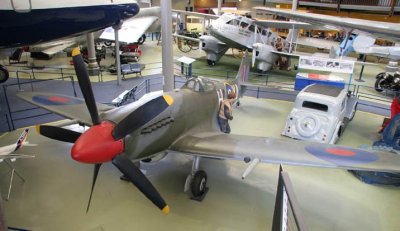
During the war the Warton aerodrome was called USAF Base Air Depot 2 (BAD2) and was spread over a large area in and around the villages of Warton and Freckleton. It was divided into 'sites' numbered from 1 to 13. On handover to the RAF in September 1947 it became RAF Warton and soon after that English Electric moved in. What was to become RAF Freckleton was 13 site located on Hillock Lane.
RAF Lytham was located where the Land Registry now is at the Lytham end of Warton (9 Site). This was a transit camp for personnel being sent abroad. 13 site was part of RAF Lytham and was used for medical training from 1951 to 1955. It was known as the RAF School of Hygiene. 13 site RAF Lytham was renamed to RAF Freckleton when RAF Lytham was closed in January 1956 and became the RAF Institute of Community Medicine. It was a small establishment of WW2 Nissen Huts that were used as Classrooms and one or two 'square-built' buildings which were used by the School of Hygiene and also the NAAFI block. An old Hawker Hunter aircraft cockpit beside one of the Nissen huts was used to 'extract' casualties from. There was also a small group of ex-National Servicemen who used to apply make-up and fake wounds - as well as the occasional severed spurting artery - to help with the training.
Medical training was performed there until 1962 when the majority was transferred to RAF Halton. RAF Freckleton subsequently became a satellite unit of RAF Weeton. Basic first aid/medical training continued until at least May 1963 (thanks to James Hobin for this update and the Hawker Hunter picture).
The site later became a Ministry of Works Depot which had widespread responsibility for government buildings both civil and military throughout the Fylde. Many of the buildings (all of the huts on the Eastern boundary and the old Officers mess building) were occupied by the Land Registry, Filing Branch which was a subsidiary of its Lytham Office. Premium Bonds had several huts there (on the South boundary) for its Industrial Civil Defence Training School. A lot of the remaining huts were vacant. but most of the bigger and more substantial buildings were in use.
The five Nissan huts and an adjacent building immediately to the left of the main entrance were occupied by No 967 ( Kirkham & South Fylde) Squadron of the Air Training Corps from around 1966 until well into the 80,s when it moved to Warton and became 967 B A E Sqn.
The site was subsequently sold to Arvin who opened a research and development centre for exhaust systems there. Arvin were subsequently taken over by EMCON Technologies who now occupy the site.
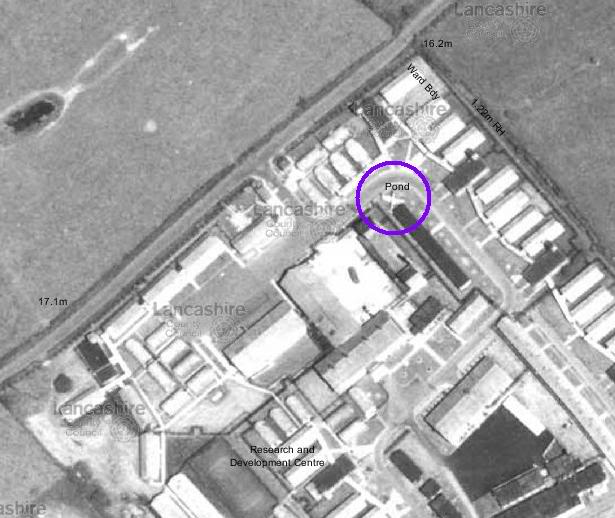
This aerial photograph was taken sometime around 1960 and the spitfire can be clearly seen. The aerial photo is taken from the Mario web site.
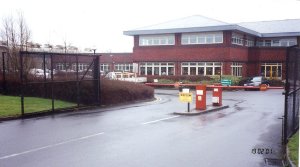
This picture shows the site in 2001. Further changes have been made since then.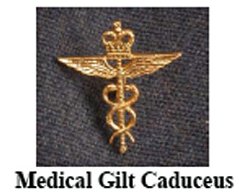
John Leeson trained at Site 13 in 1956 when it was still part of RAF Warton. You can read about it <here>
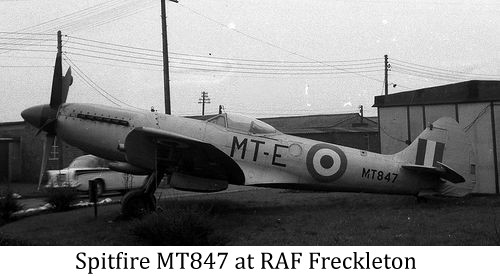
MT847 entered RAF service with 6 MU on 28th February 1945 and remained in service with 226 OCU as UU-A until 14th November 1950. Stored until 1952, MT847 under went Gate Guardian duties at various RAF Stations, including RAF Freckleton, until 1986 when it was moved to the Aerospace Museum at RAF Cosford. Since 22nd March 1995 it as been on loan to the Manchester Museum of Science and Technology.
Warren Nicholls served at RAF Freckleton in 1960 and says:
I have an interest story about the Supermarine 379 Spitfire FR14E aircraft, You can imagine that it took pride of place at the entrance to RAF Freckleton, however one Sunday on returning to camp after a weekend pass I was confronted by about 20 RAF Medical Officers all on Basic medical training RAF style. They were being screamed at by the Commanding Officer for removing the Spitfire from its pride of place following a Saturday night drunken escapade, they were pushing the aircraft back into its rightful position. It was a great feeling me being the lowest rank in the Airforce AC2 watching these officers receiving a massive b*****ing from the CO. It turns out that it went in RAF folklore, many people have told me since about it, but I was actually there witnessing a post office red CO venting his spleen on those reprobate junior officers. It was fun!
Since we put Warren's story on the site we have had a number of emails from other readers who have reported that they remember hearng the story about the arcraft beng moved. Interestingly, Warren was at RAF Freckleton May to June 1960 but some of the emails report hearng the story prior to this!
Brian Franks recently contacted us to report another incident from summer 1957
I was stationed at the RAF Medical Training Centre, 13 Site, Freckleton from February 1956 to November 1957. I underwent basic medical training there and then transferred to the permanent station staff where I worked in the Studio Section, first producing drawings for the then new RAF Medical Manual, and later as a sign writer.
I remember the incident of the Spitfire being moved from its standing and blocking the road very well, because I, along with other members of the permanent staff other ranks, under the direction of the SWO Man (Station Warrant Officer) and the duty Sergeant, pushed it back to its original position.
Unlike the account by Warren Nicholls, no officers were involved. There was little or no drama about the affair as far as I remember, no shouting and certainly no swearing. The SWO Mam just gave the order to push and with about ten men on each wing, the aircraft moved relatively easily back up the slight slope to its concrete plinth, where chocks were inserted in front and behind the wheels and the job was completed. The whole affair was completed in less than 15 minutes.
The story of how it came to be there is another matter. and pretty humorous. After breakfast one morning in the summer of 1957 I left the mess hall and walked to the guardroom to collect the keys to my section (all keys were kept there overnight and it was my turn to collect my sections). As I arrived at the guardroom I saw that there was a long line of vehicles in the lane outside the station. I asked the SP what was going on and he told me the story.
The previous evening there had been a retirement party in the Officer's Mess for the Station Admin Officer, Squadron Leader Ingham. He was an ex Battle of Britain Spitfire pilot and had managed to keep up his flying hours. In the early hours of the morning, with the party still going strong, and most of the officers well into their cups, it was decided that the Squadron Leader would give a flying display in the station Spitfire. Having pushed the aircraft from its plinth the officers then found that it slewed round on the grass and stuck fast with one wing sticking out across the road effectively blocking it. After a desultory try at moving it, the group gave up, moved back to the mess and continued with their celebrations.
I remember the station with a certain fondness. As permanent staff we had a pretty easy life. No shiftwork, Wednesday afternoons off and home most weekends. I fell in love with the area, so much so that my wife and I, and our family, have visited and stayed a number of times over the years.
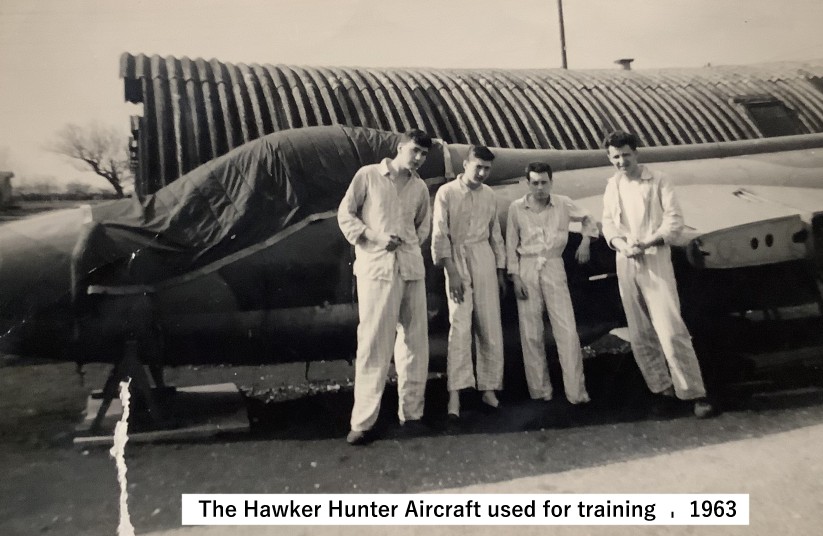
Copyright © 2001 - 2024 freckleton.org - Site design by SabreTech Associates Ltd